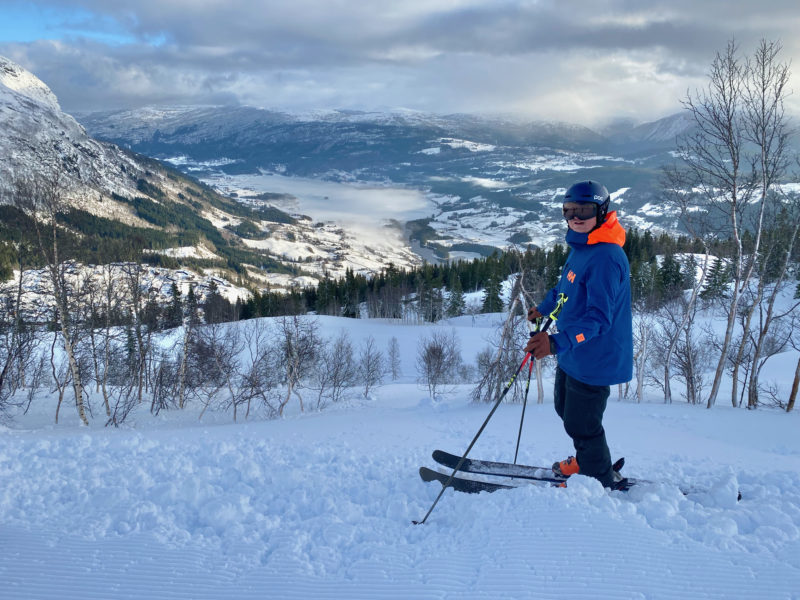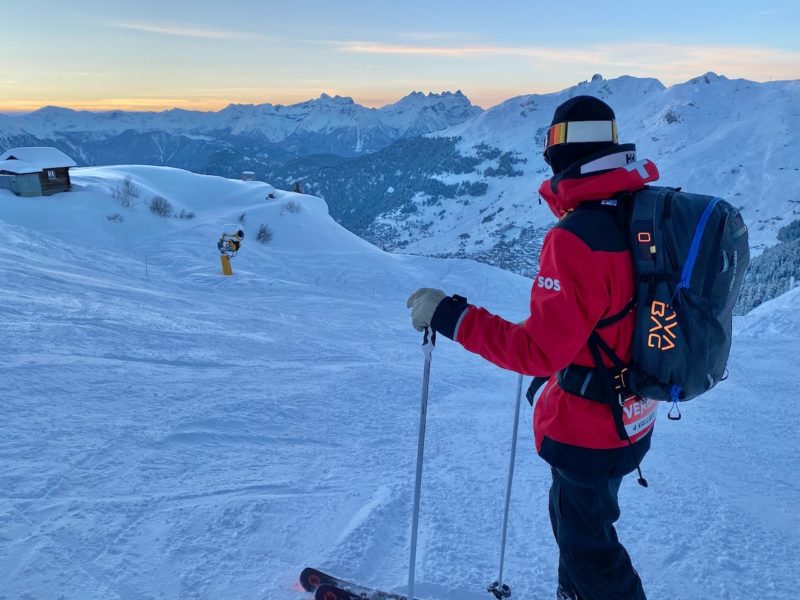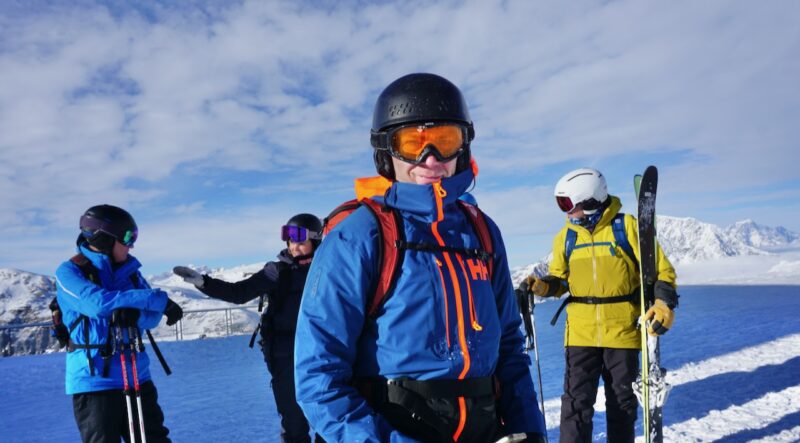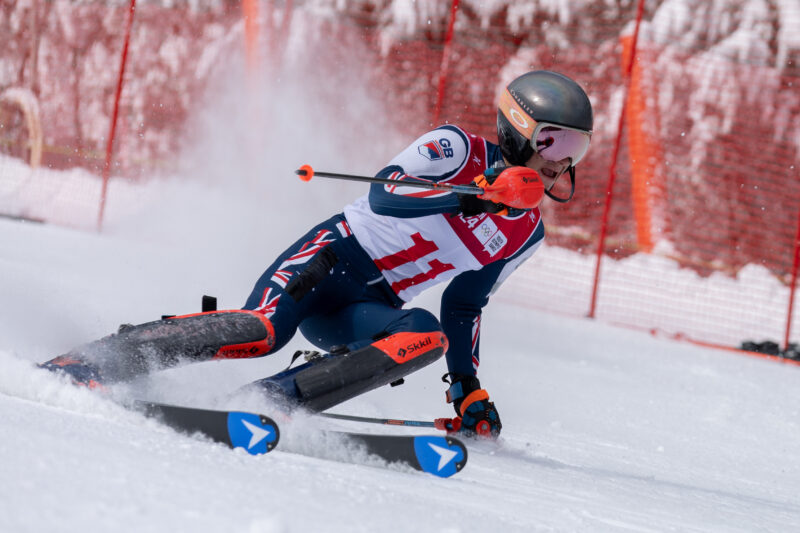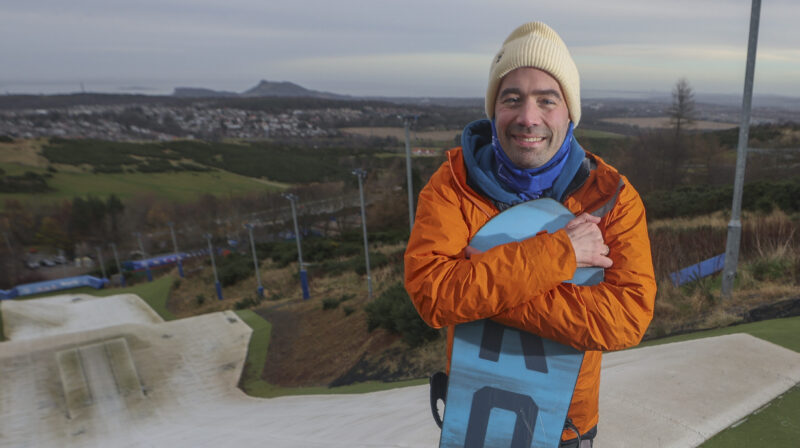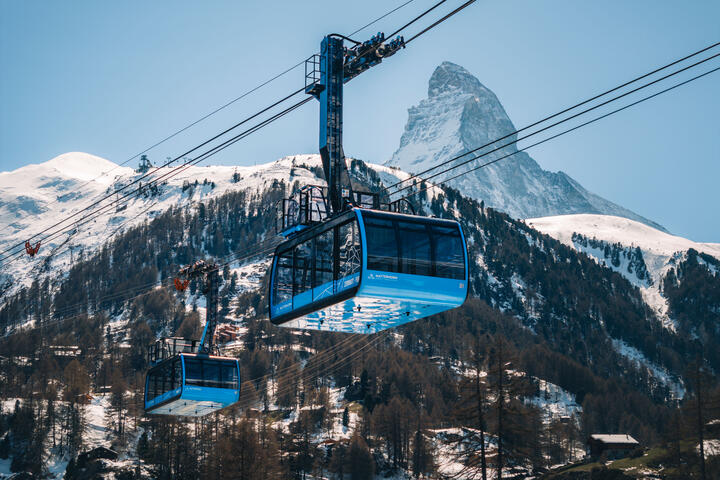Ski Resorts Across Europe Look to Save Energy
3rd January 2023
Last modified on January 8th, 2023
Some are slowing down lifts while others are suspending night skiing. Some Xmas lights have been reduced and there’s a whole host of measures under discussion.
Some governments have ordered a reduction in the use of energy and the cost of energy leaves some resorts with no choice.
There are some measures announced and a host under consideration.
What actually happens in reality across the season remains to be seen.
The cost of a lift pass has gone up in some resorts, but others have pledged there will be no increase.
We have already look at the issue on PlanetSKI:
We look at the detail so far announced country by country.
Austria
Solutions to the rising costs of energy in Austria include switching off seat heating in lifts, using less lighting at stations and offering less night skiing.
It’s likely that only smaller resorts will adopt such measures, but the operators of ski areas of all sizes are closely monitoring the situation.
The speed of cable cars could be reduced from midday or in the afternoon, and operators plan to use snow making machines more efficiently, reports news.at.
However, most ski resort operators have said they want to cause as little disruption to the experience of skiers and snowboarders as possible.
Tourism is responsible for 1.55% of Austria’s total energy consumption.
“The tourism industry has been striving to reduce energy consumption for decades. For example, energy consumption per overnight stay in accommodation has been reduced by 54% since 2008, and winter tourism accounts for 0.9% of total energy consumption,” said the State Secretary for Tourism, Susanne Kraus-Winkler.
While it’s likely that only smaller resorts will resort to such measures, operators of ski areas of all sizes are closely monitoring the situation.
“One thing is certain: no one will waste energy senselessly,” said Elena Protopopow, from the Tirol Tourist Board.
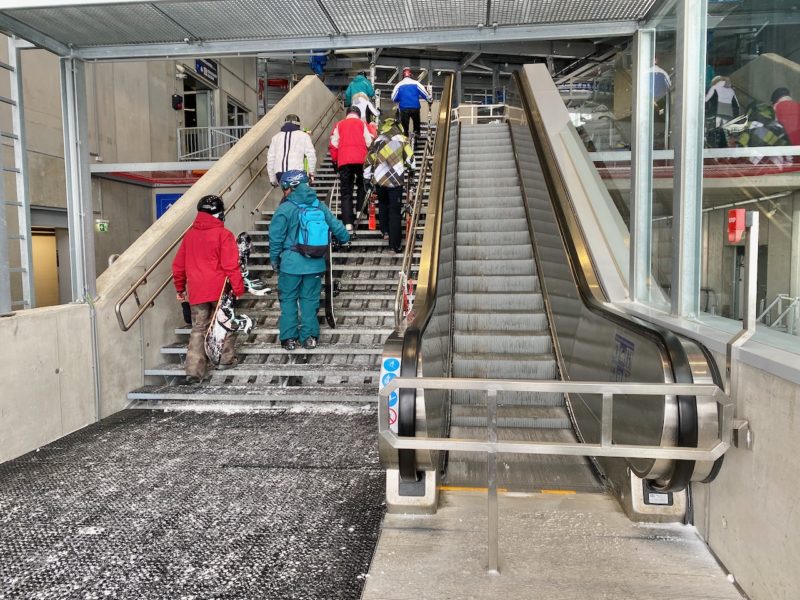
Stubai, Austria. Image © PlanetSKI
France
French operators are working towards the 10% drop in energy consumption the government has set for all businesses.
In Morzine lift speeds may be reduced depending on the number of skiers.
The resort is likely to turn street lighting off from 11pm to 5am in certain areas.
It will also lower the temperature in public pools by one or two degrees Celcius and bring down the Christmas lights early.
“The lifts will be open and there will be no increase on ski pass prices,” said Sara Burdon from the Office de Tourisme de Morzine.
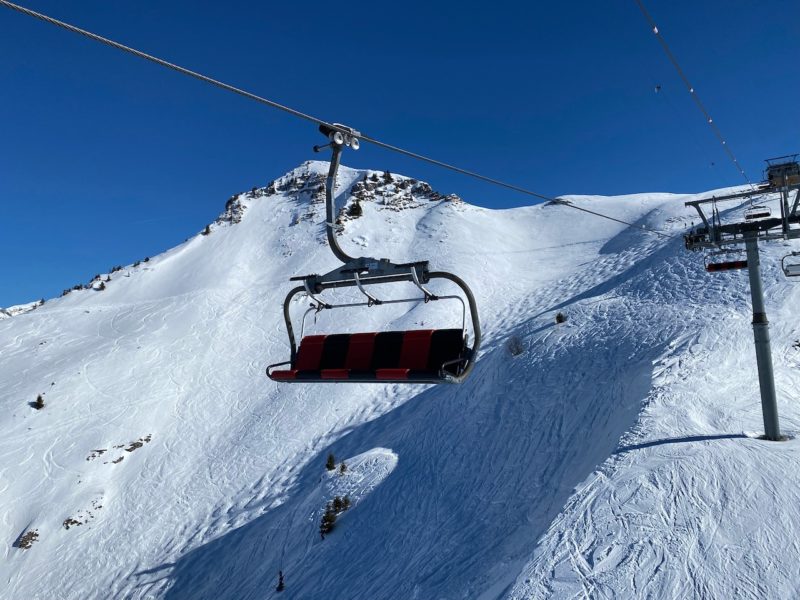
Morzine, France. Image © PlanetSKI
In Chamonix lifts will run 10% slower if there are no crowds.
If the resort gets an alert that power supplies cannot meet demand, then Chamonix says it will slow down the lifts by 30%.
A number of ski resorts including Chamonix and Val Thorens have said they will limit the amount of artificial snow made.
Les Arcs is also aiming to reduce its electricity consumption by 10%.
This includes ‘eco-driving’ the ski lifts, reducing the electrical consumption of the Catex avalanche control and optimising artificial snow production to bring energy use down by 1.5%.
Ski lifts (6.5% reduction in energy consumption)
– ‘Eco-driving’ of ski lifts – setting speeds to ensure they are run as economically as possible
– Ensuring temperature regulation in the ski lift buildings
– Renovation of the ski lift buildings to improve their insulation
Piste grooming (2% reduction in energy consumption)
– Reducing the electrical consumption of the Catex avalanche control system
– Reducing the electrical consumption of the night skiing lighting
– Optimising the artificial snow production. Bringing the energy consumption down by 1.5%
Service buildings and chalets (1.5% reduction in energy consumption)
– 1°C reduction in heating in all buildings
– Optimisation of the lighting of buildings, screens and signs
The Puigmal 2900 station in the Pyrénées-Orientales, has announced a drop in speed of its ski lifts and they will also close three times a week.
In Val d’Isere the off-peak speed of ski lifts will be reduced from five to four metres per second.
This adjustment is predicted to result in a one-minute longer ride time that the resort believes most skiers won’t notice.
Val d’Isère’s piste bashers will, for the first time this season, be powered by HVO (Hydrotreated Vegetable Oil), a 100% renewable source that reduces CO2 emissions by 90%.
Two electric buses will also enter service, the first of a fleet that is hoped to total 15 by 2025.
450 solar panels have recently been installed on the roof of the Ariondaz gondola arrival station in Courchevel.
Earlier this year Serre Chevalier in the Southern French Alps installed its first hydroelectric turbine as it powers towards a target of 30% renewable electric power by next year.
Serre Chevalier, in the Hautes-Alpes region, is the first ski area in the world to produce its own electricity using three clean energy sources.
- Hydroelectricity
- Solar panels
- Wind turbines
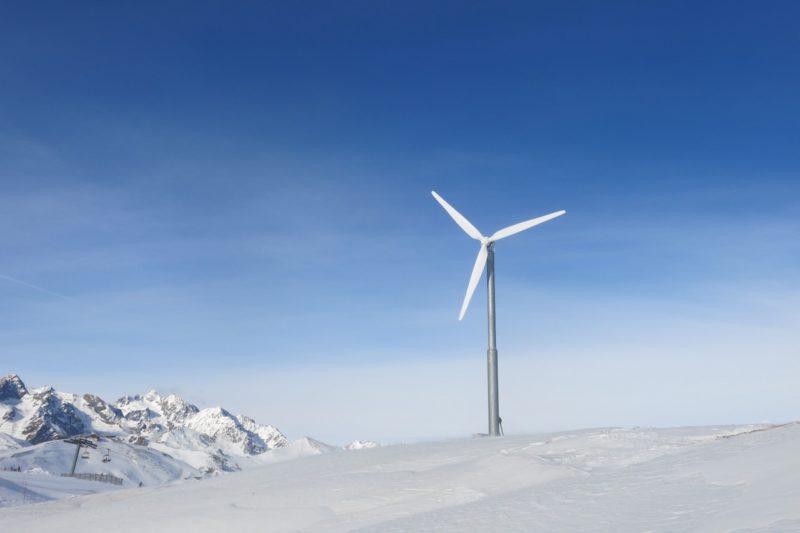
Serre Chevalier, France. Image © PlanetSKI
They meet 30% of its total consumption, powering ski lifts, machine rooms and snow-making systems.
It has already experimented with reducing the speed of lifts when there are fewer skiers, with 70% of the users giving them the thumbs up.
95% of greenhouse gas emissions in ski areas are produced by snow grooming machines, according to Serre Chevalier.
It’s looking to switch from diesel to HVO fuel, and leave more slopes ungroomed.
Italy
Resorts in Italy are considering many of the same measures being examined in Austria and France.
Some have said the price of life prices will rise and this is “unavoidable”.
Skiers heading to the Dolomiti Superski area, are facing price rises of 10% on last year’s prices.
This year, a ski break in Italy will be more expensive as resorts struggle to offset spiking energy prices.
However Italy remains the cheapest of the major Alpine nations.
The price of ski passes has risen to offset the cost of electricity used to operate ski lifts.
Prices for daily, seasonal or multi-day passes in Italy have risen by between 6% and 13% according to SkyTG24, with average increases of 10% across the country.
The ski resort of Panarotta 2002 in Trentino Alto Adige has said it will remain closed this winter.
“Under these conditions we do not feel up to starting the winter season”, Matteo Anderle, president of Panarotta 2002, told Il Dolomiti newspaper.
“There are too many unknowns that risk causing the collapse of the company.”
Other resorts are reportedly considering various measures to bring costs down, including opening only on certain days of the week or for limited hours during the day, or opening only the most popular slopes.
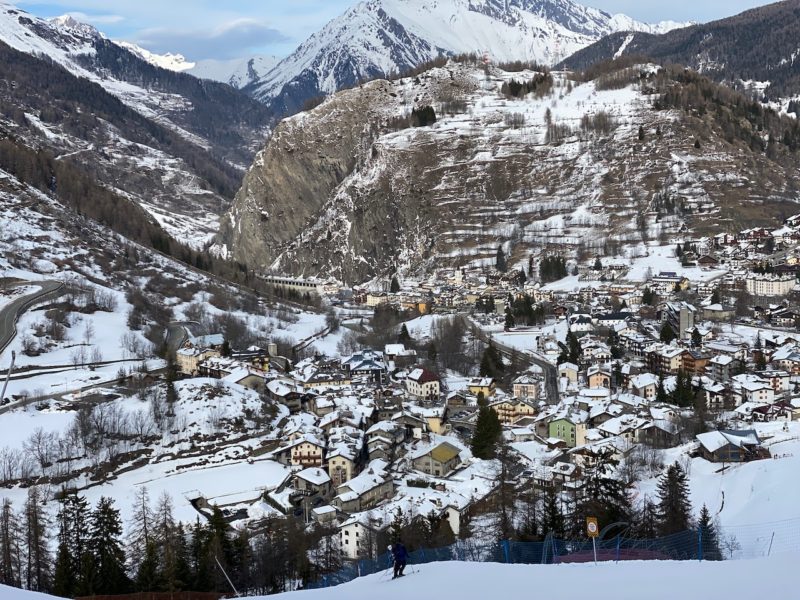
La Thuille, Aosta Valley, Italy. Image c/o PlanetSKI
Switzerland
Some ski lift companies are charging up to 15% more for passes this winter as high energy prices bite, a survey by CH Media shows.
Some ski resorts have said they will use energy more sparingly for their Christmas lights and markets.
Lucerne is for example using 500 candle lanterns in the city, rather than lights.
In the Swiss capital Bern, the traditional ice rink in front of the parliament building will this year be made out of hard plastic rather than “the energy-intensive” real ice.
The Montreux Christmas Market, one of the most well-known in French-speaking Switzerland, is aiming to save 20% – 30% energy compared with last year.
In Laax, a resort which has set a 2030 target to become a carbon-neutral destination, lifts run on run-on CO2 neutral hydro and solar power sourced from throughout Switzerland.
The waste heat from the lifts is used to heat local restaurants.
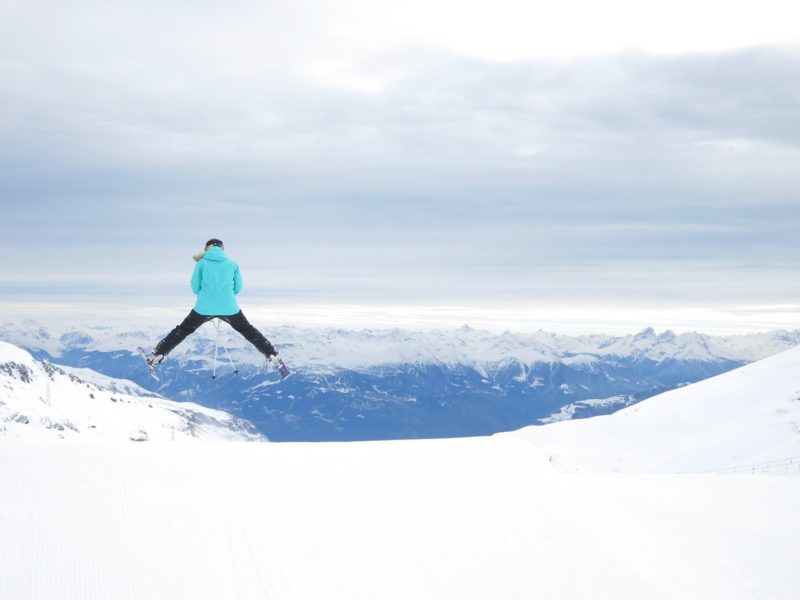
Laax, Switzerland. Image © PlanetSKI
Switzerland’s Bavona Valley has never been plugged into the power network.
Located in the Italian-speaking Ticino region of southern Switzerland, 11 hamlets are not connected to the power grid, despite the area producing lots of electricity thanks to dams located high up near the mountain tops.

PlanetSKI logo



